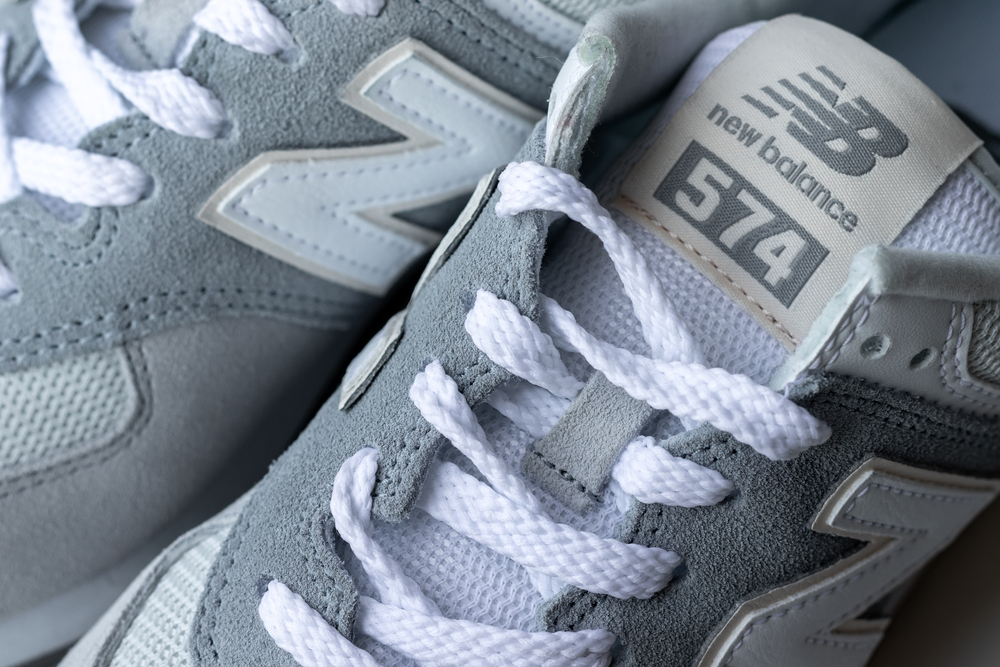Overview
New Balance filed a complaint alleging trademark infringement and dilution of its trade dress by Golden Goose. Did Golden Goose make a grab at the “Dad” shoe that is New Balance’s “Golden Goose?” How might consumer surveys be used to measure confusion and dilution in this case?
New Balance’s Golden Goose
New Balance began manufacturing its 990 model of sneaker, which it calls “iconic,” in 1982. Since the release of the original 990, New Balance claims it has generated hundreds of millions of dollars in revenue and has spent millions on marketing. The design features a combination of gray hues and has had six iterations since its launch, but New Balance asserts that the design has not undergone changes that would alter its distinctive trade dress. Today, the 990 shoe retails for $185, and gray-toned shoes account for approximately one third of total sales. According to New Balance’s complaint, filed in Massachusetts federal court, it has developed protectable rights with a particular combination of elements, including:
“(i) Upper composed primarily of multiple tones of a single color (usually gray, blue, or black); (ii) Upper including mesh underlay with suede overlay creating mesh windows in forefoot and midfoot; (iii) Overlay bars in lateral and medial forefoot regions; (iv) Midsole having forefoot-to-midfoot portion of a first color (usually white) and different colored (usually gray) midfoot-to-heel portion; (v) Outsole of contrasting color (usually predominantly black); (vi) Reflective accents in upper; and (vii) Reinforced rear eyelets (usually two on both medial and lateral sides).”
Golden Goose is a luxury sneaker manufacturer that released a model of shoe called the “Dad-star,” which retails for $625 per pair. New Balance argues that its gray hues and marketing as a “Dad” shoe are protected and cited rulings in which Tiffany blue and T-Mobile pink were protected, since their signature colors acquired secondary meaning.
“Given the renown of the New Balance 990 and Golden Goose’s use of a virtually identical trade dress, the color gray, and the model name ‘Dad-Star,’ ordinary consumers are likely to be confused and erroneously believe that New Balance has an affiliation, connection, or association with the Golden Goose shoe, or that New Balance has sponsored or approved the use of the design by Golden Goose,” New Balance alleged.
Potential Survey Use to Determine The Golden Goose
MMR Strategy Group conducts surveys that measure likelihood of confusion, secondary meaning, and brand dilution, among other topics from trademark and false advertising law. Consumer surveys are often used to measure customer confusion as to the origin of a product, the relationship of a manufacturer to a certain product, and the degree to which a product has unfairly competed with a trademarked product. In this case, legal teams on either side could employ survey experts to design a survey to determine whether the gray color scheme on a 990 New Balance sneaker has acquired secondary meaning. They may also design research to measure the consumer confusion between the Golden Goose “Dad-Star” and versions of the 990 New Balance Sneaker. The case is ongoing.
If you require reliable research and testimony in a trademark infringement case or are looking for secondary survey design, contact MMR Strategy Group.
